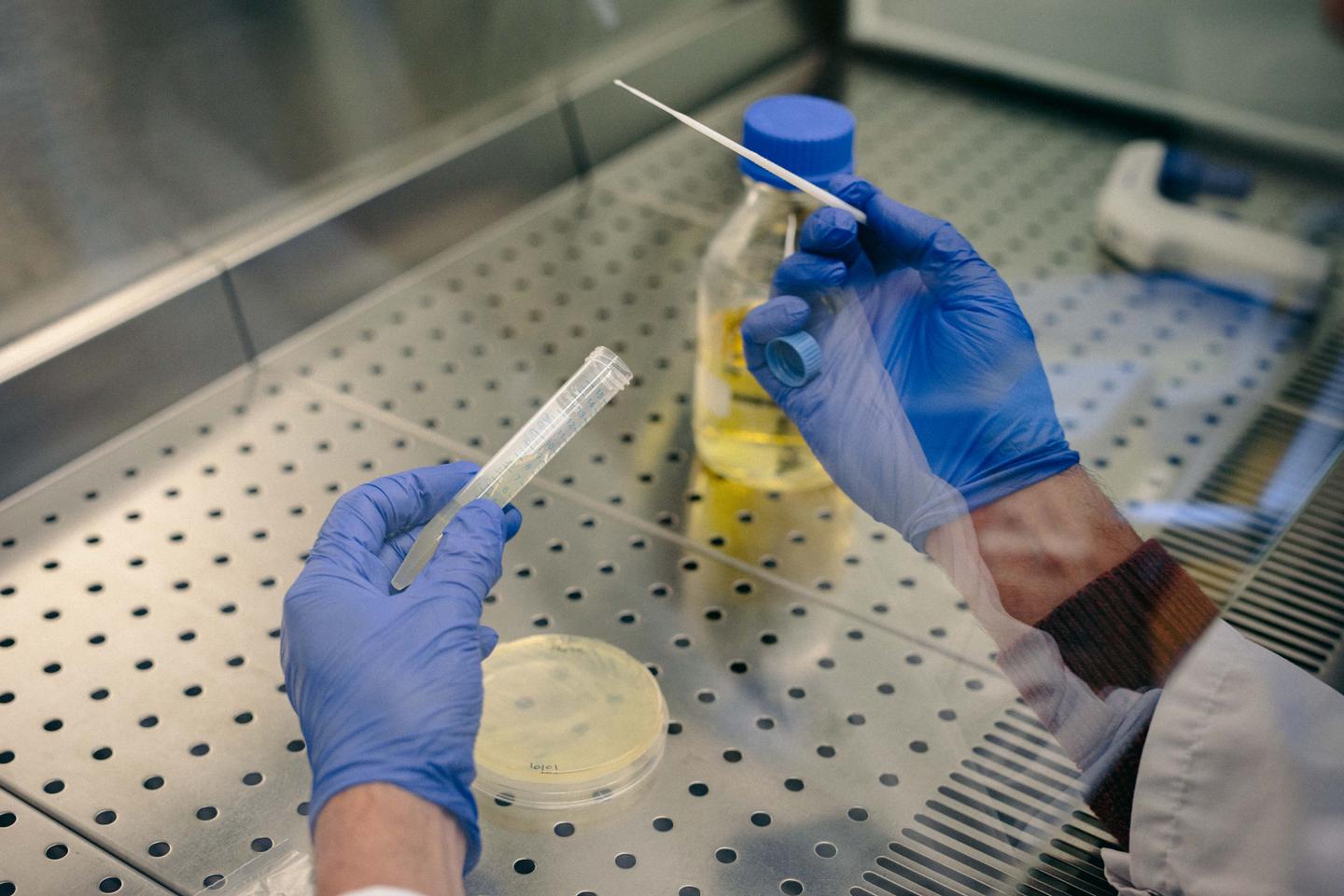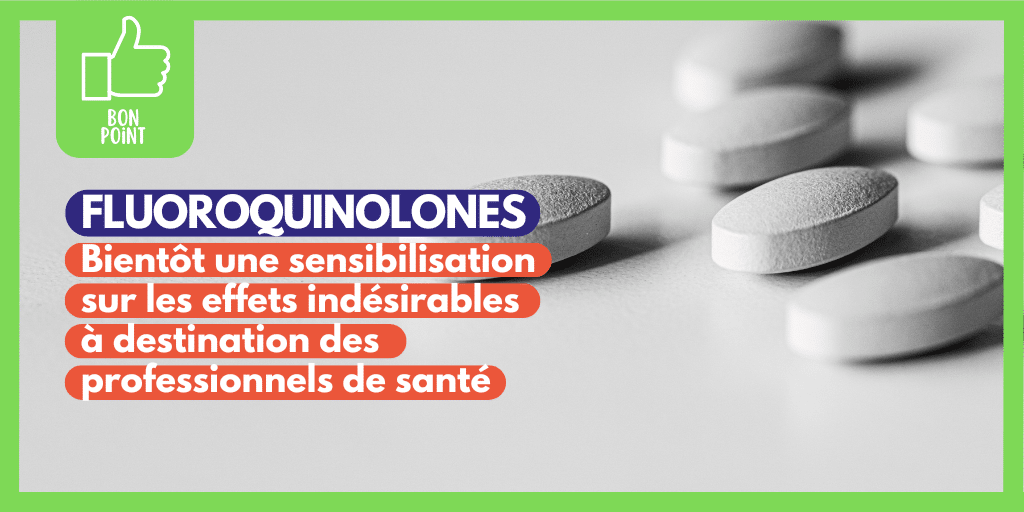
In the Laboratory for Cellular and Molecular Technology (LabMCT) at the Rennes-Astride Military Hospital in Brussels, Assistant Maia Merabishvili supplies a series of test tubes containing a yellowish liquid solution to one of the largest burn services in Europe. Here, the bacteria were housed in the presence of an undiluted phage preparation.describes the Georgian biologist trained at the George Eliava Institute in Tbilisi, pointing to the first tube, the contents of which were translucent.
“In the next tube, this preparation was diluted ten times, and so on from tube to tube. We evaluate the dilution at which the phage loses its ability to destroy bacteria.She illustrates, extracting one of the tubes whose contents have become opaque due to bacterial growth.
phages? These viruses, which infect bacteria rather than human cells, were used therapeutically (phagotherapy) in Western countries, first against dysentery and then against some infections until the 1940s, before they were abandoned in favor of antibiotics. However, the use of phage therapy has been retained in the countries of the former Soviet bloc, particularly in Georgia and Poland, which have become references for the characterization of phages.
curative capacity
The technique used by Maia Merabishvili is inherited from the time of Félix d’Herelle [microbiologiste français, 1873-1949]And He is considered the inventor of phage therapy. It is important to incorporate it into the knowledge we develop.”adds biologist Jean-Paul Bernay, who directs the LabMCT laboratory. “But we also need modern sequencing and automation techniques to describe the molecular mechanisms by which phages and bacteria evolve together and to fine-tune their interactions to make the most of their therapeutic potential, including their synergies with antibiotics.”he argues.
In the next room, in the automated incubator that the laboratory has just equipped, different combinations of bacteria, phages and antibiotics are being tested for each case of a multi-resistant infection in a patient in the Brussels burn department or another hospital with the same therapeutic predicament. The camera produces an image of the culture every quarter of an hour, from which data is inferred about the level of bacterial growth inhibition. It is sufficient to generate a curve for each group. “From these curves, we infer in particular the growth rate of the bacteria, the latency time which indicates how long this growth is inhibited and the moment at which a resistant strain emerges.”Maia Merabishvili explains with conviction, pointing to the curves on the computer screen.
You have 83.38% of this article left to read. The following is for subscribers only.






